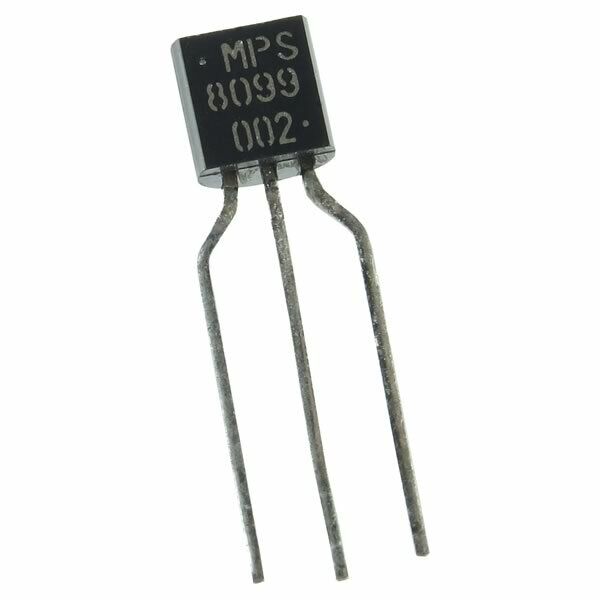In our ongoing posts about the design of the original PS Audio Moving Coil Preamplifier, a small box designed as a standalone step up amplifier to raise the output level of a moving coil cartridge to that of a moving magnet cartridge, we've learned the biggest problem at hand is noise.
How does one perfectly amplify a tiny output signal from a phono cartridge without loss or noise? The challenge of making a phono preamplifier with its required 1000X gain is hard enough, but then add another 30X gain on top of that?
You gotta be kidding.
Let's take a step back for a moment. How did we manage to build a low noise MM phono preamplifier in the first place? Turns out that if you are designing a discrete amplification stage using transistors (or vacuum tubes), resistors and capacitors, the vast majority of noise will be coming from the active device: the transistor or tube. In our case, a transistor.
The first lesson you get in phono stage device design is to suss out a low noise active device. Every transistor vendor publishes a number of specifications for their devices including: voltage, noise, bandwidth (frequency response), and beta (gain) among a bevy of others. But, those are the critical ones.
Back then, before Google, searching for devices and their specifications involved weeding through page after page of big thick catalogs trying to find what you need. Most would be catalogued according to their major characteristics, like operating voltage and gain—helpful because it narrowed the list of hundreds upon hundreds of device types to a smaller group.
But, our group turned out to be pretty darned small. Why? The circuits we were designing were high voltage circuits, a not so ordinary requirement from fellow manufacturers building similar products.
Why high voltage?
Two reasons: we built passive RIAA curves, and we needed lots of headroom for great sound. I don't have the space to wax on about the benefits of passive EQ in this mini series, but suffice it to say we built the entire company around that concept: twin linear high voltage gain blocks with a precision RIAA curve sandwiched between them. *In a future 50 year anniversary post I'll ramble on about the passive RIAA curve and its benefits in those days.
As the operating voltage of a transistor goes up, so too does the noise. What to do? Lucky for us, we stumbled upon an almost magical device. This was a Motorola transistor no one paid attention to because it was advertised as a "lamp driver". We had glossed over it as well, but out of desperation, we went back to its spec sheet. 80 volts (high voltage), beta of more than 100 (plenty), fast, affordable, and best of all, quiet.
We had found the legendary MPS 8099 NPN and its PNP mate, the MPS 8599. This family of "lamp drivers" would soon become the cornerstone of every PS Audio product for years to come.









